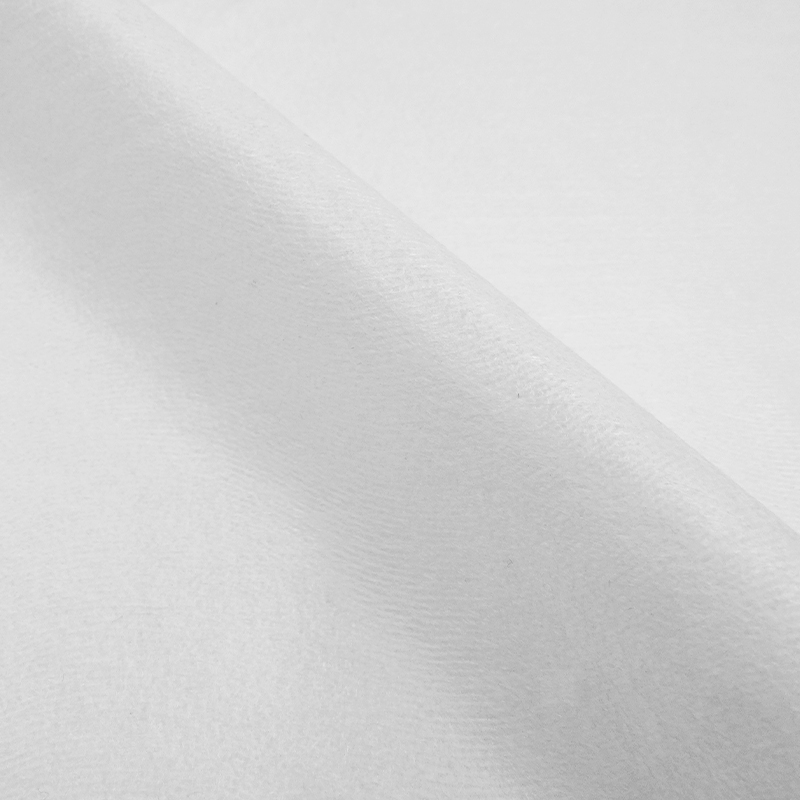The Growing Demand for Eco-Friendly Nonwovens
As the global push for sustainability intensifies, the nonwovens industry is witnessing a surge in demand for eco-friendly materials. Two terms often used interchangeably—compostable and biodegradable—have distinct meanings and implications. As a leading manufacturer of biodegradable spunlace nonwoven fabrics, we aim to clarify these differences and help you make informed decisions for your business.

I. What is 100% Biodegradable Spunlace Nonwoven?
Biodegradable spunlace nonwoven refers to materials that can break down naturally into water, carbon dioxide, and biomass through the action of microorganisms. Key characteristics include:
Decomposition Time: Typically 90-180 days under optimal conditions.
End Products: Non-toxic residues that integrate into the environment.
Certifications: Meets standards like EN 13432 (EU) and ASTM D6400 (US).
Applications:
Medical Products: Wound dressings, surgical drapes.
Personal Care: Baby wipes, facial masks.
Industrial Wipes: Cleaning cloths for machinery and surfaces.
II. What is 100% Compostable Spunlace Nonwoven?
Compostable spunlace nonwoven goes a step further, requiring specific conditions to break down into nutrient-rich compost. Key features include:
Decomposition Time: 90 days in industrial composting facilities.
End Products: Compost that enriches soil, supporting plant growth.
Certifications: Must meet EN 13432 or ASTM D6400, with additional composting facility requirements.
Applications:
Agriculture: Mulch films, plant protection covers.
Food Packaging: Compostable wraps and liners.
Consumer Goods: Single-use items like shopping bags.
III. Key Differences Between Biodegradable and Compostable
Aspect
|
Biodegradable
|
Compostable
|
Decomposition
|
Breaks down naturally in the environment
|
Requires specific composting conditions
|
Timeframe
|
90-180 days
|
90 days (industrial composting)
|
End Product
|
Water, CO2, biomass
|
Nutrient-rich compost
|
Certifications
|
EN 13432, ASTM D6400
|
EN 13432, ASTM D6400 + composting tests
|
Applications
|
Medical, personal care, industrial wipes
|
Agriculture, food packaging, consumer goods
|
IV. Why Focus on Biodegradable Spunlace Nonwoven?
While compostable materials have their niche, biodegradable spunlace nonwoven offers broader applicability and aligns with our core expertise. Here’s why:
Versatility: Suitable for a wide range of industries, from healthcare to personal care.
Cost-Effectiveness: More affordable to produce compared to compostable alternatives.
Market Demand: Growing preference for biodegradable solutions in medical and hygiene products.
Industry Insight: The global biodegradable nonwovens market is projected to reach $72 billion by 2028, driven by stringent environmental regulations and consumer awareness.
V. Our Commitment to Sustainability
At soonercleaning, we specialize in biodegradable spunlace nonwoven fabrics that deliver exceptional performance while minimizing environmental impact. Our products are:
Customizable: Available in various weights, colors, and patterns.
Eco-Friendly: Made from renewable resources, reducing reliance on fossil fuels.
VI.Conclusion
Understanding the difference between biodegradable and compostable spunlace nonwoven fabrics is crucial for making informed decisions that align with your sustainability goals. At soonercleaning, we are committed to providing high-quality biodegradable spunlace nonwoven solutions that meet the needs of diverse industries while protecting the environment.

